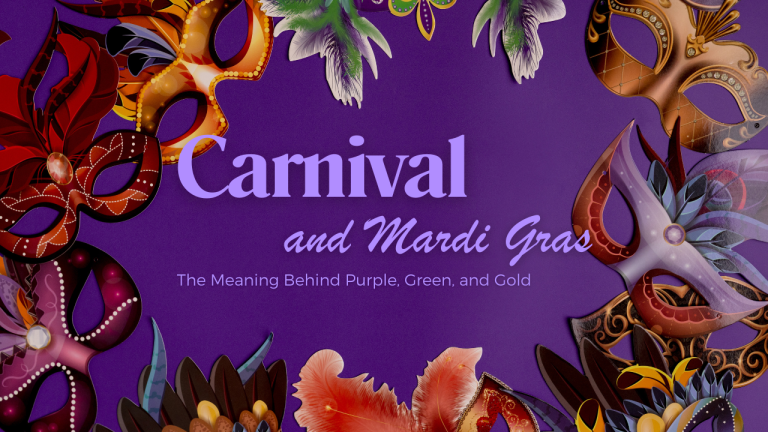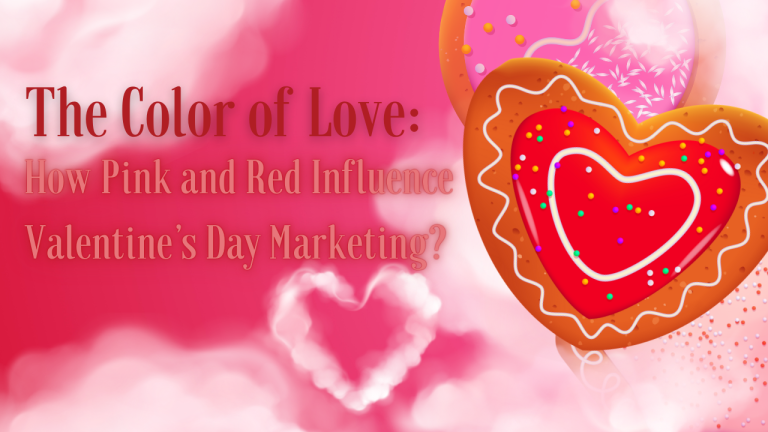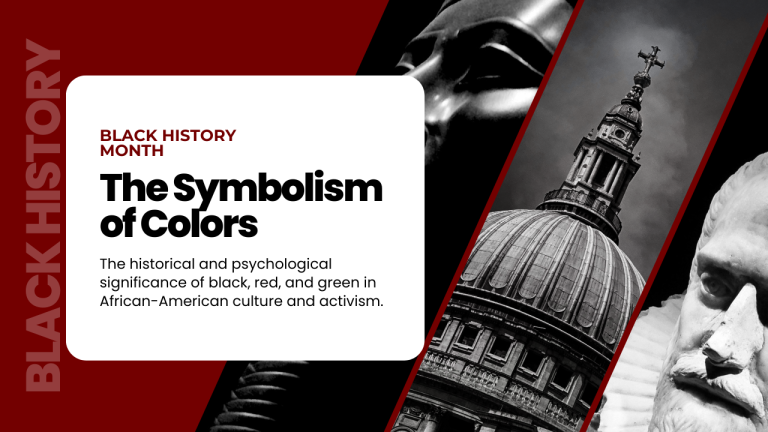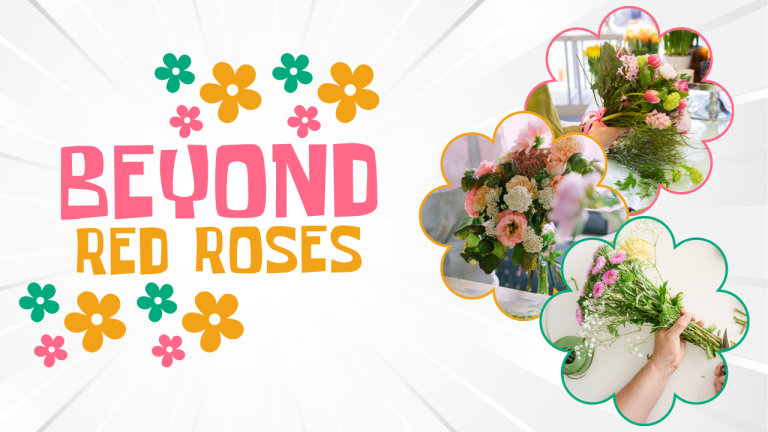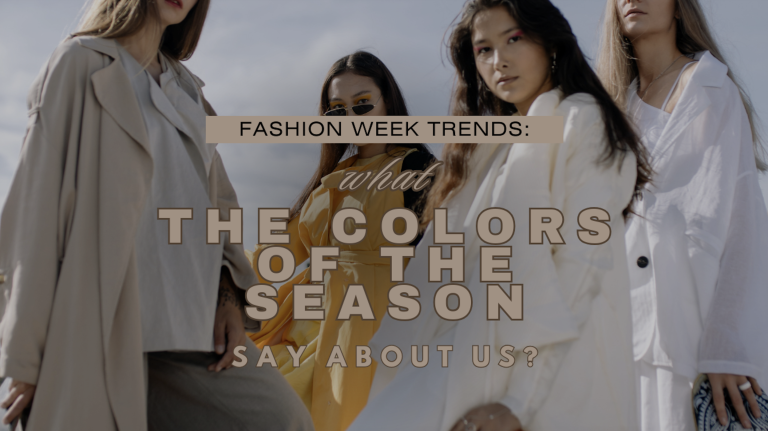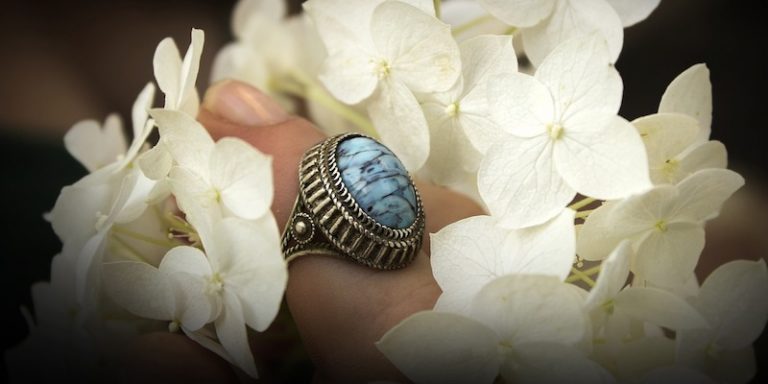The blend of Valentine’s Day traditions with LGBTQ+ color symbolism culture results in a lively celebration that transcends the usual red and pink colors. Over the years, the LGBTQ+ community has reimagined this holiday into an inclusive tribute to love, incorporating the entire spectrum of the rainbow flag, where each color holds its own deep meaning and cultural importance. This change signifies more than just a visual preference; it serves as a strong declaration of visibility, acceptance, and the diverse ways love can be shown and honored.
The evolution of LGBTQ+ Valentine’s celebrations reflects the community’s ongoing quest for recognition and equality. Traditionally, Valentine’s imagery centered on heteronormative depictions of romance, but the introduction of rainbow colors has fostered a more inclusive holiday that honors and celebrates all types of love. This change has not only enhanced the holiday’s visual appeal but has also added to its cultural importance, allowing for a broader range of stories and experiences that were often ignored in the past.
As we delve into the vibrant array of colors in LGBTQ+ Valentine’s celebrations, we see how these visual aspects not only celebrate identity but also connect different communities. The rainbow spectrum has emerged as a significant means of conveying love, pride, and unity, turning a traditional holiday into a chance for profound cultural expression and connection.
The Evolution of Valentine’s in LGBTQ+ Color Symbolism Culture
While classic Valentine’s Day colors typically emphasize red and pink, the LGBTQ+ community has broadened this palette to embrace the full spectrum of the rainbow. This change mirrors a wider cultural movement that celebrates various expressions of love and identity. Incorporating rainbow colors into Valentine’s festivities acts as both a symbol of pride and a reminder of the community’s continuous quest for acceptance and equality.
Rainbow Flag Colors and Their Valentine’s Significance
The rainbow pride flag, designed by Gilbert Baker in 1978, has emerged as a significant symbol in LGBTQ+ Valentine’s celebrations. Each color holds specific meanings that resonate profoundly during this romantic holiday:
Red signifies life and love, naturally aligning with the traditional themes of Valentine’s Day. This connection makes red a bridge between mainstream celebrations and LGBTQ+ culture, symbolizing a universal love that transcends orientation and identity.
Orange represents healing and friendship, reminding us that Valentine’s Day honors all forms of love, including deep friendships and chosen family bonds that are especially meaningful in LGBTQ+ communities.
Yellow brings warmth and joy to the celebration, symbolizing the happiness found in authentic self-expression and the freedom to love openly. During Valentine’s Day, yellow decorations often emphasize the joy of celebrating love in public.
Green symbolizes nature and growth, representing the flourishing of relationships and the natural diversity of love. In the context of Valentine’s, green often signifies the development of acceptance and understanding within society.
Blue embodies serenity and harmony, providing a sense of peace to the celebrations. This color serves as a reminder of the tranquility found in self-acceptance and genuine connections.
Purple signifies spirit and vision, adding a touch of royalty and magic to Valentine’s celebrations. It frequently appears in LGBTQ+ Valentine’s events as a color of luxury and romantic allure.
Traditional Pride Colors in Valentine’s Context
-
Pride Red (Hex: #FF0018): Represents life, love, and passion – perfect for Valentine’s celebrations.
-
Pride Orange (Hex: #FFA52C): Symbolizes healing and the warmth of inclusive love.
-
Pride Yellow (Hex: #FFFF41): Represents sunlight and the joy of authentic love.
-
Pride Purple (Hex: #A020F0): Signifies spirit and the royalty of diverse love expressions.
-
Valentine Pink (Hex: #FF69B4): Traditional Valentine’s color representing tenderness and affection.
Complementary Valentine’s Day Colors
-
Deep Rose (Hex: #C71585): A romantic shade bridging traditional and modern celebrations.
-
Lavender Love (Hex: #E6E6FA): A gentle purple shade representing gentle affection.
-
Rainbow White (Hex: #FFFFFF): Pure love and unity across all identities.
-
Passion Burgundy (Hex: #800020): Deep, rich color representing intense love and commitment.
-
Inclusive Indigo (Hex: #4B0082): Representing depth and spirituality in relationships.
Color Psychology and Emotional Impact
The incorporation of rainbow colors in LGBTQ+ Valentine’s celebrations serves a purpose beyond just aesthetics. Studies indicate that colors can profoundly influence emotions and mental health. The vibrant array of pride colors fosters an environment of total acceptance and joy, which helps to mitigate the historical feelings of exclusion from conventional romantic holidays.
Cultural Expression Through Color
Numerous LGBTQ+ artists and designers produce Valentine’s-themed artwork that features pride colors, crafting a distinctive style that connects classic romance with modern LGBTQ+ culture. This blend has resulted in fresh interpretations of love that appeal to younger audiences while paying tribute to the community’s legacy of activism and visibility.
Community Impact and Social Change
Incorporating rainbow colors into Valentine’s Day festivities has made the holiday more inclusive and reflective of various love stories. This colorful representation has fostered increased social acceptance and understanding, transforming Valentine’s Day into a genuine celebration of love in all its diverse forms.
Conclusion
The use of rainbow colors in LGBTQ+ Valentine’s Day celebrations goes beyond mere decoration—it’s a significant expression of love, identity, and belonging. By embracing the full range of pride colors, the LGBTQ+ community has developed Valentine’s traditions that honor the beauty of diverse love stories while celebrating their unique cultural heritage. These vibrant expressions have transformed Valentine’s Day from a holiday centered on traditional romance into a more inclusive celebration that acknowledges love in all its forms.
The evolution of these celebrations continues to shape broader cultural discussions about love, identity, and representation. As society progresses toward greater acceptance and understanding, the rainbow-colored perspective that the LGBTQ+ community brings to Valentine’s Day provides important insights into the significance of visibility, inclusion, and the impact of visual symbols in fostering cultural change. The incorporation of pride colors into Valentine’s festivities serves as a reminder that love is not a single narrative but a rich spectrum of experiences and emotions, all worthy of recognition and celebration.
Looking forward, these lively traditions will likely keep evolving, influenced by new generations and shifting social dynamics. However, the fundamental message remains unchanged: love, in all its forms and colors, enriches our lives and should be celebrated openly and proudly. As we broaden our understanding of love and relationships, the rainbow-themed Valentine’s celebrations of the LGBTQ+ community illuminate the path toward a more inclusive and vibrant future for everyone.
